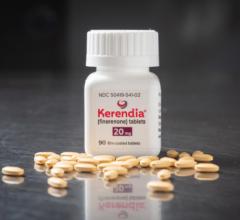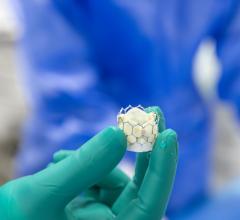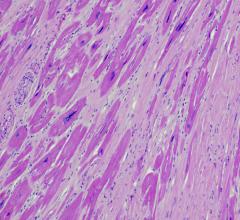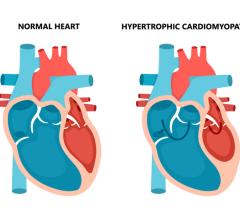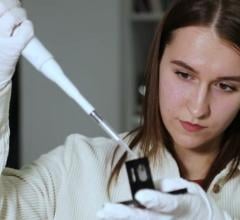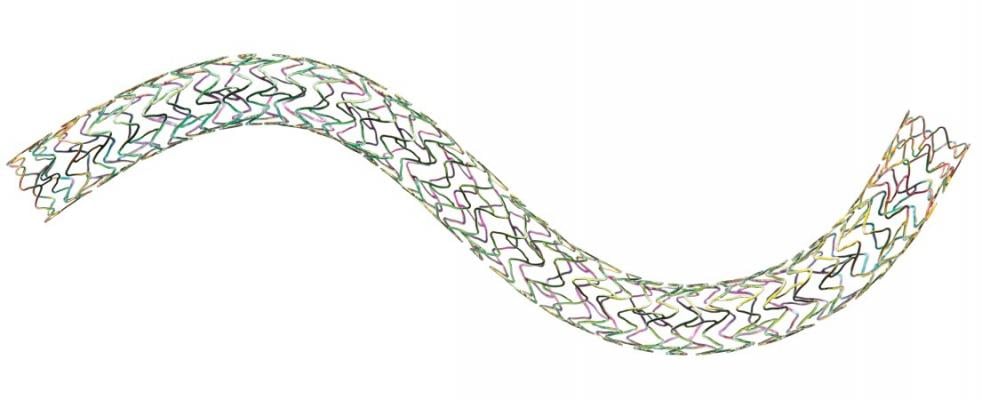
February 24, 2020 — Biotronik announced three-year data from the BIOFLOW-V Trial, which was presented yesterday at the 2020 Cardiovascular Research Technologies (CRT) Congress. The three-year follow-up data demonstrates consistently lower clinical event rates and improvement in patient outcomes, reinforcing the differentiation of the Orsiro coronary drug-eluting stent (DES), which is the first DES to outperform Xience.[1,2] The new study results have been simultaneously published in Journal of the American College of Cardiology (JACC): Cardiovascular Interventions.[3]
Orsiro received FDA approval in 2019 and has been used to treat more than 2 million patients worldwide to date.
Orsiro's clinical performance in the pivotal BIOFLOW-V trial demonstrated significantly lower rates for target lesion failure (TLF) and target vessel myocardial infarction (MI) at 12 months in comparison to Xience in a large, complex patient population (n=1,334).2 At two years, treatment with Orsiro further improved event rates in comparison to Xience, including a significant reduction in target lesion revascularization (TLR) and spontaneous MI.[3]
Three-year Clinical Trial Results for the Orsiro Coronary Stent
The three-year results show Orsiro's ability to outperform Xience, long considered the benchmark for clinical performance, across the most important three-year secondary endpoints of BIOFLOW-V4:
• 40% lower TLF rate in favor of Orsiro (8.6% versus 14.4% TLF rate, p=0.003)
• 52% lower ischemia-driven TLR rate (3.4% versus 6.9%, p=0.008)
• 46% lower rate of TV-MI (5.5% versus 10.1%, p=0.004)
• 90% lower late/very late definite/probable stent thrombosis (ST) rate (0.1% vs. 1.2%, p=0.018)
"Orsiro sets a new standard for safety and efficacy in long-term clinical endpoints, including statistically lower target lesion revascularization and target vessel MI rates," said David Kandzari, M.D., BIOFLOW-V U.S. principal investigator, Piedmont Heart Institute, Atlanta. "BIOFLOW-V data are the best clinical outcomes observed among comparative clinical trials with contemporary DES. It was widely believed that safety and efficacy with DES had plateaued, but Orsiro has surpassed the limits. Year after year the results have been impressive."
The Orsiro cobalt chromium metal stent elutes sirolimus via BIOlute, Biotronik's bio-absorbable polymer coating. Beneath the bioabsorbable layer is the company's proBIO coating, a silicon carbide layer covering the bare metal surface and designed to reduce nickel ion release. The Orsiro stent system provides ultrathin stent struts without compromising radial strength and a low crossing profile for easier lesion cross in complex PCI.
Orsiro is indicated for improving coronary luminal diameter in patients, including those with diabetes mellitus, with symptomatic heart disease, stable angina, unstable angina, non-ST elevation myocardial infarction or documented silent ischemia due to atherosclerotic lesions in the native coronary arteries with a reference vessel diameter of 2.25 mm to 4 mm and a lesion length of ≤ 36 mm.
For more information: www.biotronik.com
References:
1. Kandzari D et al. The Lancet. 2017, 390(10105).
2. Kandzari D et al. Journal of the American College of Cardiology. 2018, 72(25).
3. Kandzari D et al. J Am Coll Cardiol. Cardiovasc Interven. 2020, doi: 10.1016/j.jcin.2020.02.019.

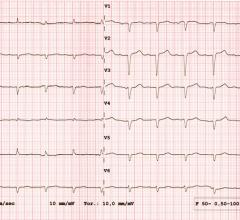
 May 20, 2024
May 20, 2024 


